
 Pete Trasborg
Brand Manager, Jp
Pete Trasborg
Brand Manager, Jp
All this time I’ve been kind of laughing at JK owners complaining about the heat generated from their hard tops. I’ve had hardtop Jeeps before. I’ve never once worried about radiated heat through the top from the sun. I mean, it’s a hardtop, for crying out loud!
Then I “inherited” the Jp magazine ’07 two-door JK. It wasn’t long after that I realized just how much heat is really transferred through those Freedom panels. Coming from CJs, I always pooh-poohed the JK guys, but geez, what did Jeep make those things out of? Even with a mid-70 to low-80-degree day you can feel the heat coming through those panels. Kick it up to the 90s? Ha! The TJ with a soft top stays cooler inside than the JK does with a hardtop.
OK, fine, I was wrong, and you JK guys were right to be going on about the heat transmitted through the top. So, I decided to see if installing some of those insulating panels would cut the mustard (and the heat). It seemed like a quick and easy installation, and the benefits seemed to outweigh the cost. I’m glad to say that, despite my making the installation harder than it had to be, it didn’t go magazine-sideways like so many installs do, and the panels actually do what they were purported to do. I turned to Rugged Ridge for a set of panels and here’s how it went, how I tried to screw it up, and a bit about how they worked.
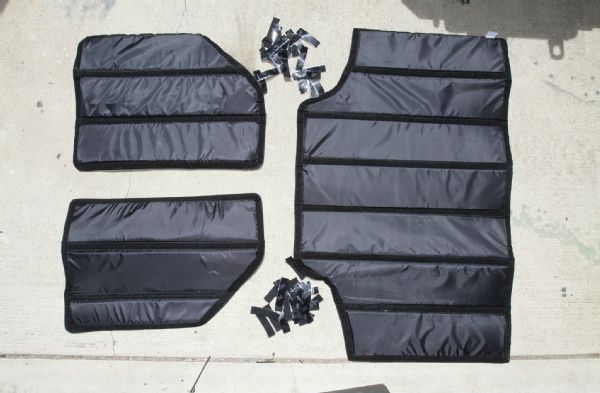
The kit is pretty simple. Shown here is the one for our two-door. Obviously, a four-door kit would look different. The panels themselves are miniature Jeep-shaped quilts. Included are a metric tonne of Velcro strips for what was required but there are no extra strips included, so if you live where it’s windy, keep track of them or you’ll be running all over your yard and your neighbor’s chasing them down. We won’t tell you how we know.
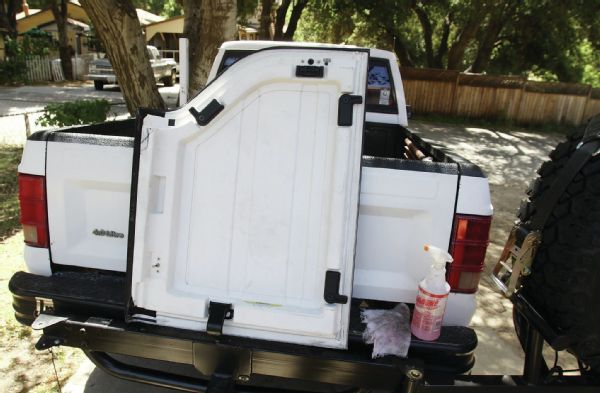
Since we are a bunch of dirty bastards, we had black fingerprints all over the inside of the top and the Freedom panels. We attacked the prints with our same soapy dish water solution we use for mounting tires at home.
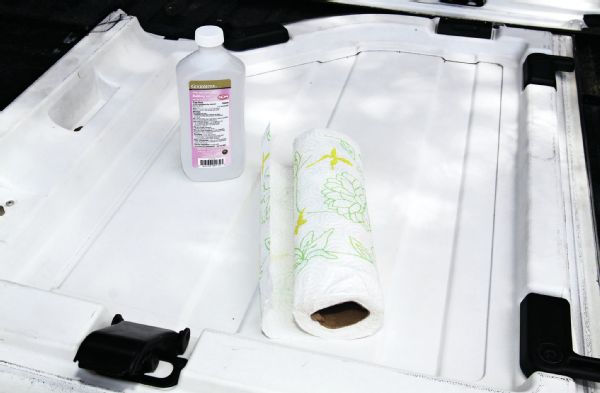
If you aren’t as dirty as we are, you can start the installation where the instructions tell you to: by rubbing the inside of the top down with an isopropyl rubbing alcohol solution. This will get rid of even normal body oils and allows the self-stick Velcro tape the best chance at adhesion.
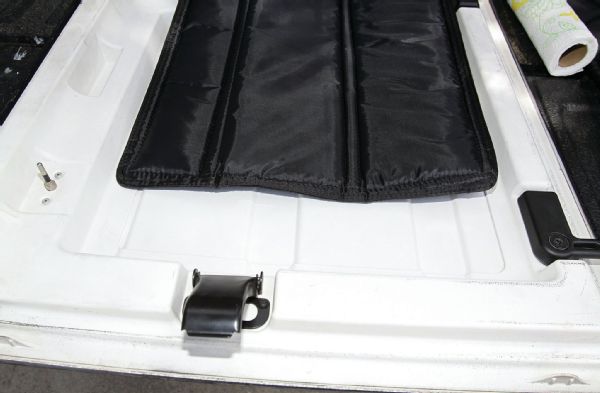
You’ll notice that the sewn-in Velcro on the back of the panels corresponds to the raised portion of the fiberglass. The instructions have drawings that show how to orient the strips on the panels before installing them and couldn’t be easier to follow.
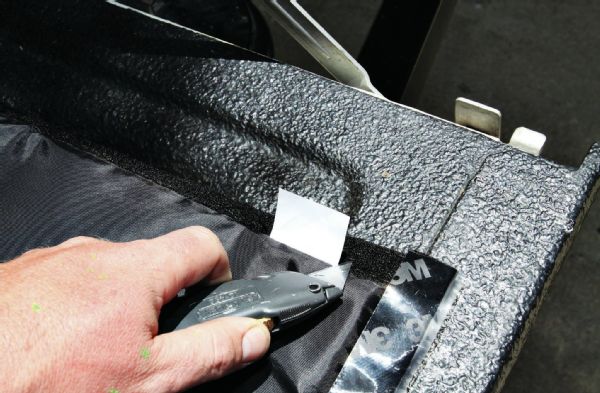
The self-stick Velcro strips included are high-end 3M stuff, so we have no worries about longevity. However, the instructions do state to let the panels stay on the top for 72 hours before trying to remove them in order to let the adhesive to set up.
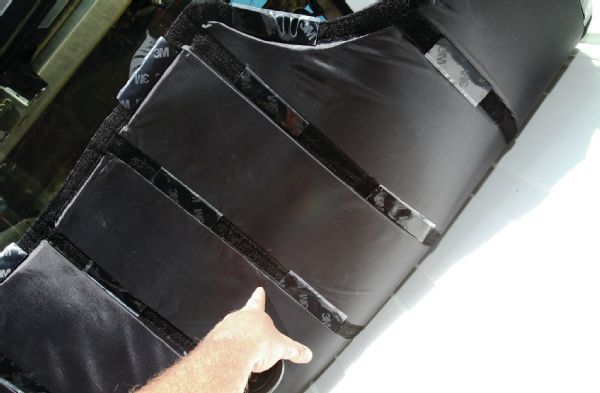
We had to pull the top off anyway to fix our rear defroster, but the kit is meant to be installed with the top on. The rear portion has a soundbar cutout for clearance. Because the rear panel is large and somewhat unwieldy for one person, we peeled half the protective strips off the big back panel and aligned it with the rear of the top then stuck that half on. After that, we peeled the other half and stuck the other side in place.
Worth it?
At $249.99 (PN J12605) for the two-door ’07-‘10 kit, we had a bit of sticker shock. But it was just sad that the HVAC couldn’t keep up with the heat on even a mid-80-degree day. So we jumped in; the install was slam-dunk easy, and we do feel less heat coming through the top. We do apologize for the lack of circles and arrows and a description on the back of each picture, but we are now comfortable on those commutes where we see mid-90-degree temps. So, the panels do work as advertised, and to date, we’ve had no problems with the Velcro unsticking from the top, even on hotter days with it parked in the sun.
It’s about half the price of a soft top for this kit, but if you have no intentions of ditching your factory hardtop for something else over the summer, or if you like driving while wearing shorts during the winter, you should check out installing something like this in your Jeep. We didn’t notice much of a sound-dampening effect, but the heat benefits were worth it.